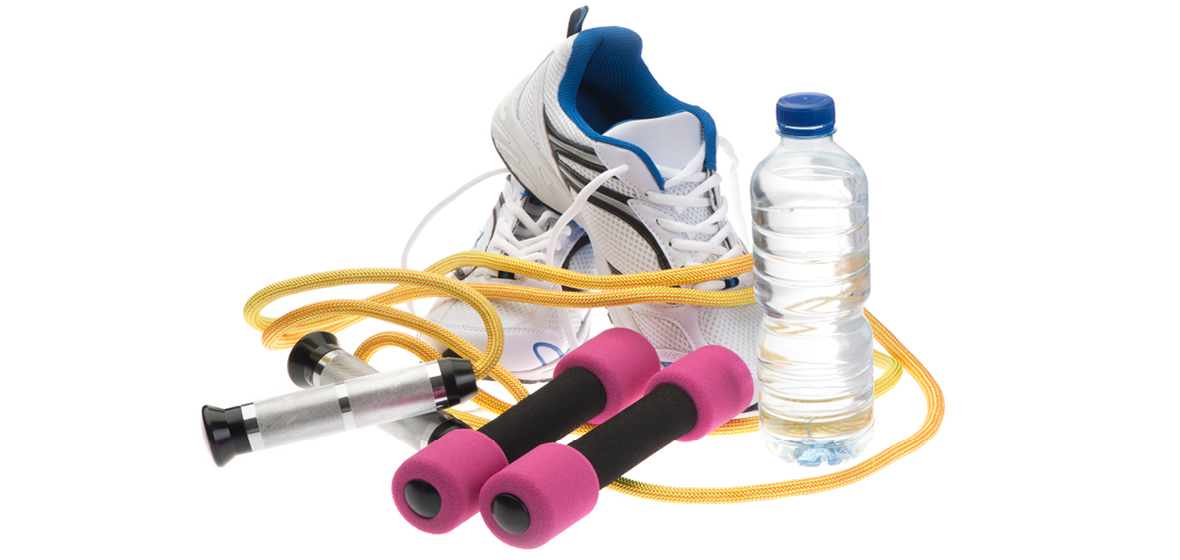There is plenty to gain from copying the pros. Bring out your inner athlete by following these tips.
Ever wondered how athletes manage to stay in peak condition, injury free, and perform at the top of their game all year? Aside from being paid to train, eat, and recover professionally (they literally have massages while on the clock), there are some things athletes do that us average joes can learn from. Here are some key focuses you should be incorporating in your fitness routine.
Focus on the five main components of fitness
To train and perform like an elite athlete requires an holistic approach focusing on the fundamentals of fitness: cardiovascular endurance, muscular strength, muscular endurance, flexibility and body composition. Putting effort into each of these factors ensures you will have a well-balanced workout routine that balances performance with longevity, health and (for those who mind) aesthetics. These key attributes help any of us stay fit and healthy – even those that aren’t paid a salary to do so.
Practise compound movements
Compound movements are exercises that work multiple muscle groups at the same time. They offer the best “bang for your buck” (a high priority for most time-poor professionals) by improving strength, flexibility and coordination at the same time as being able to burn more calories than isolation exercises – which involve simpler moves, like a single-arm bicep curl. Athletes use compound movements because they replicate “natural” movement pathways, such as a lunge or squat, that are often involved in their sports (how often would you see a soccer player do a bicep curl in a match?). Most compound movements also require a strong core for stability, so you will be working out your abs without doing a single crunch.
Some key compound movements to incorporate into your training regime include the squat, deadlift, lunge, bench press, pull ups, push ups, overhead press, barbell row.




